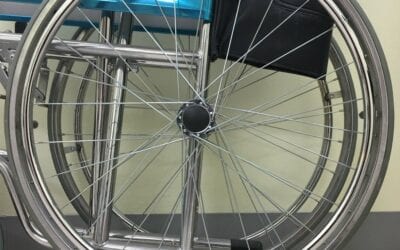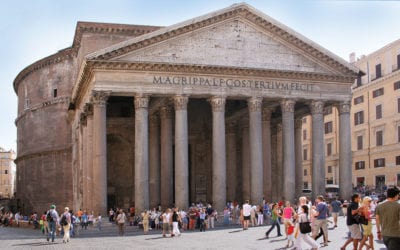Before COVID-19, airline club membership provided a worthwhile service. But with clubs being closed there should be more discounts

United Airlines Airport Club — Photo Courtesy SCB Design
One of many temporary casualties of the COVID-19 pandemic is the airline club membership experience. This post focuses on United’s airport clubs, since I am based in San Francisco. However, it exemplifies problems that seem to be spread across all airlines. Comments about other airline club systems are welcome.
While this certainly goes down as a “first-world problem,” for many travelers who fly regularly, paying for an airline club membership, or a credit card that gives club access, is a somewhat expensive perk that can feel necessary.
The United Club offered good benefits for working on the road
Personally, as a travel agent, the United Airlines Club membership normally assures me that I have a comfortable seat. Plus, I can sit in a relatively calm and quiet space. I also got good WiFi and charging stations to take care of clients while I travel. Plus, many of my clients have counted on the club to work on the road. Yes, in some cases, the clubs are crowded. However, in general, they’ve been a far better option than trying to find a semi-quiet corner, along with a place to charge devices, in many airports.
And, in addition, the airline club membership food options, while hardly gourmet in most cases have meant less need to stand in line or jockey for a seat in airport restaurants or bars.
These days, of course, airports are much quieter. In addition, the clubs themselves, like many other airport amenities, are closed. The few that are open have drastically cut food and beverage service. Does airline club membership make any sense today?
The prices for United Airlines’ clubs have been somewhat discounted
United Airlines, for example, has a yearly membership fee starting at $650 or 85,000 miles. United has, to be fair, extended memberships six months, along with Wi-Fi packages, The United Clubs are offering some discounts.
They also offer Economy Plus subscriptions that provide upgraded reservations when available. A checked bag membership allows up to two checked bags per flight for each member and up to eight companions traveling on the same reservation. Additionally, if you’ve got a one-time United Club pass that expires between March and July, it’ll get extended for 90 days.
READ ALSO ON TRAVELERS UNITED BLOG:
Learn latest DOT rules for improved consumer protection
What happens to aviation with no airline policing?
Clubs are closed or limited, but Chase club credit card deals are not discounted
As a United frequent flier, I live near San Francisco International Airport, one of their biggest hubs. That’s the club I use. Personally, I’ve been able to pay less by using an expensive credit card, United’s Club card which is $450 a year, and that annual fee just came due.
I called Chase, expecting that they will either reduce the fee or extend the period of the card’s validity. Nope. The card’s annual fee remains the same. Period. And no extra months.
So, basically, what United and Chase are saying is we have an expensive credit card where the main perk is access to Club lounges. However, we’ve closed most Club lounges, but we think customers should pay the same amount anyway.
Limited hours don’t work for early or late departures
The club credit card fees are insulting. The few clubs that are open have only limited food and beverage options. They have such limited hours that even at San Francisco Airport, where there is ONE club, the hours also are only 7:30 a.m. to 5:30 p.m. This means that membership doesn’t work for passengers with flights leaving before 8:30 a.m. or after 6 p.m.
When I called United Airlines, they blamed it on Chase. When I called Chase, the most “help” I got was an agent reminding me that if I cancelled the card the new card fee might be higher in the future.
I’ll leave with one thought. Why do airlines and banks wonder why so many Americans hate them?
Janice Hough is a California-based travel agent a travel blogger and a part-time comedy writer. A frequent flier herself, she’s been doing battle with airlines, hotels, and other travel companies for over three decades. Besides writing for Travelers United, Janice has a humor blog at Leftcoastsportsbabe.com (Warning, the political and sports humor therein does not represent the views of anyone but herself.)



